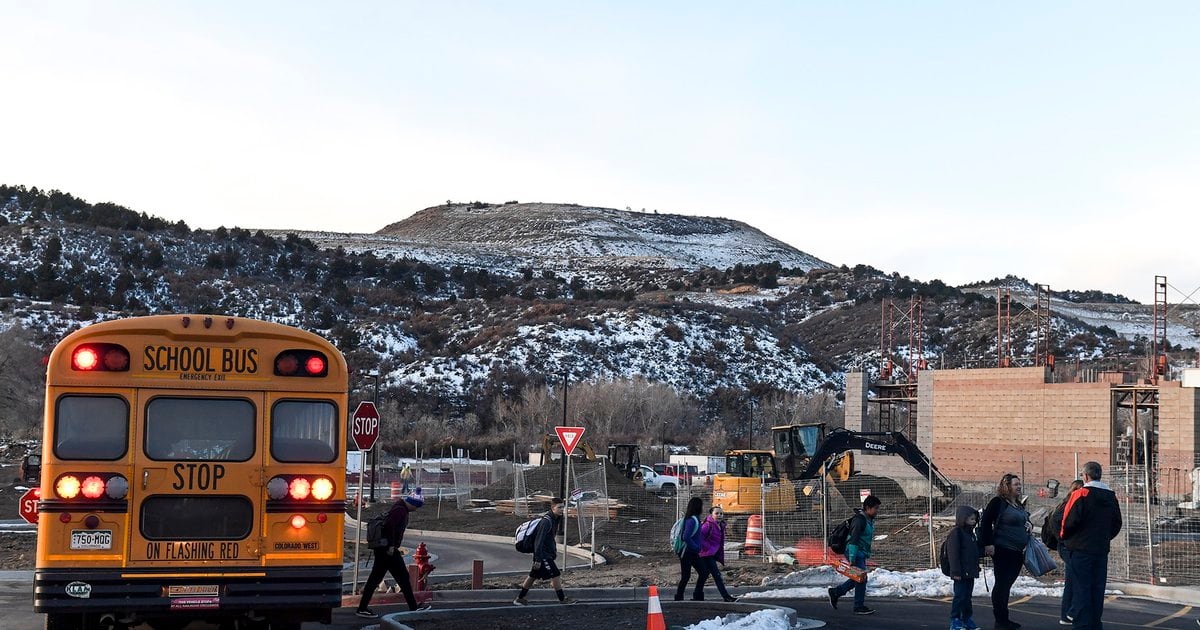During this summer, a team of students from MIT embarked on a journey to the sou …
Colorado Loan Forgiveness Program for Teachers Open for Applications Until October 31
Emma Wordsmith

Colorado educators now have an extended deadline to apply for the state’s temporary student-loan forgiveness program. The program, which is in its second year, offers $5,000 to newer educators to help reduce their student loan balances. The new application deadline is now Oct. 31.
So far, the state has rejected more than half of the applicants, with only 1,200 educators receiving aid out of the intended 2,000 awards. The confusion arises from two Colorado loan forgiveness programs for educators. The program funded through federal pandemic relief money is specifically for educators who began working after the 2019-20 school year. Meanwhile, the program approved in 2019 is for teachers at all experience levels. Many rejected applicants were applying for the wrong program.
Colorado’s educator loan forgiveness programs
Colorado offers two teacher loan forgiveness programs.
The Temporary Educator Loan Forgiveness Program uses federal pandemic relief money and is set to end in 2024. It is limited to educators employed since 2019.
The Colorado Educator Loan Forgiveness Program was approved in 2019 and will award aid to this year’s applicants in 2024. It is open to rural educators at all experience levels and those who teach subjects with teacher shortages.
Both programs share the same application form, but the form is currently only open for the temporary program.
Despite the confusion, the overwhelming number of applications shows a high demand for debt relief among educators.
The newer loan forgiveness program was part of a $52 million package aimed at addressing Colorado’s teacher shortages. Besides loan forgiveness, the package included programs for certification test aid and student teacher stipends.
A total of $6.25 million has been distributed by the Colorado Department of Higher Education, out of the $10 million allocated until December 2024. Teachers can still apply even if they have previously received loan forgiveness.
According to department spokeswoman Megan McDermott, teachers have faced difficulties navigating the program and completing the required paperwork.
“We believe that teachers and special service providers are busy in their classrooms and may not have the time to complete the paperwork,” said McDermott. She mentioned confusion between the federal and state programs as another issue.
In its first year, the pandemic-era program only served rural teachers and those in hard-to-recruit fields during their first few years of teaching. A total of 359 educators, mostly in their first two years on the job, received $5,000 awards, with 281 applicants accounted for. Most had less than $51,000 in total debt.
To reach more teachers, eligibility for the program was expanded this year. The requirement of teaching in rural districts or hard-to-recruit subjects was removed, and income limits were increased. This change led to an additional 884 recipients of loan forgiveness.
However, over 2,250 applications have been rejected so far. Sarabeth Smith, a 12-year educator, unknowingly applied for the program meant for newer educators and initially didn’t receive a reason for her rejection. She emphasized the need for more assistance beyond the first few years of teaching and highlighted the financial constraints that many veteran educators face.
The state’s other loan forgiveness program, which predates the pandemic, was put on hold due to budget shortfalls. Money will be distributed to this year’s applicants in 2024, but confusion arises from the application form, which doesn’t specify that the temporary program is for newer teachers only.
The temporary program has received approximately 600 applications in this round, with the possibility of one more application period in the spring. Applicants are reminded to answer all questions, submit necessary documents such as teaching licenses and employment verification, and include their student loan information for payment purposes.
Despite the confusion, the loan forgiveness program has been beneficial for educators. According to Frank Reeves, the director of operations and strategic partnerships of the Colorado Rural Schools Alliance, the program offers incentives to retain teachers, particularly in areas where they are not difficult to recruit. He mentioned housing costs and student loan payments as financial challenges that educators face.
Meanwhile, a study reports that the federal loan forgiveness program for educators, established in 1998, hasn’t been effective at retaining or attracting teachers. The program forgives $5,000 of debt, with the possibility of more for certain subjects. Issues with form completion and the recommendation to streamline the process were highlighted in the study.
Jason Gonzales


